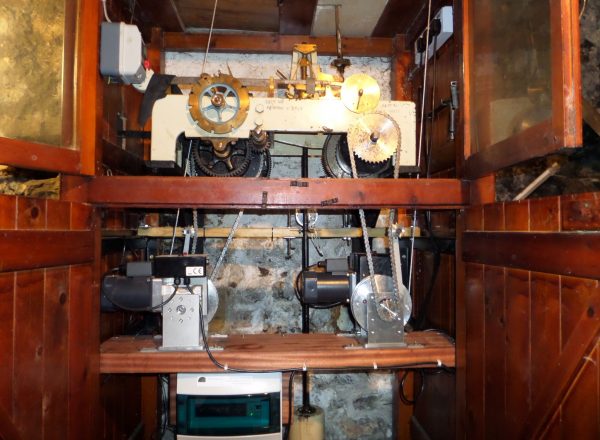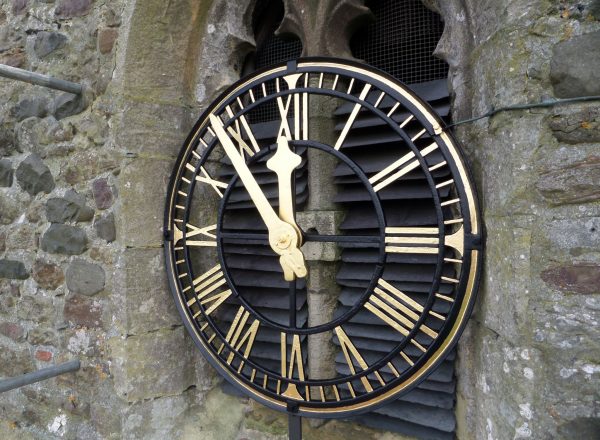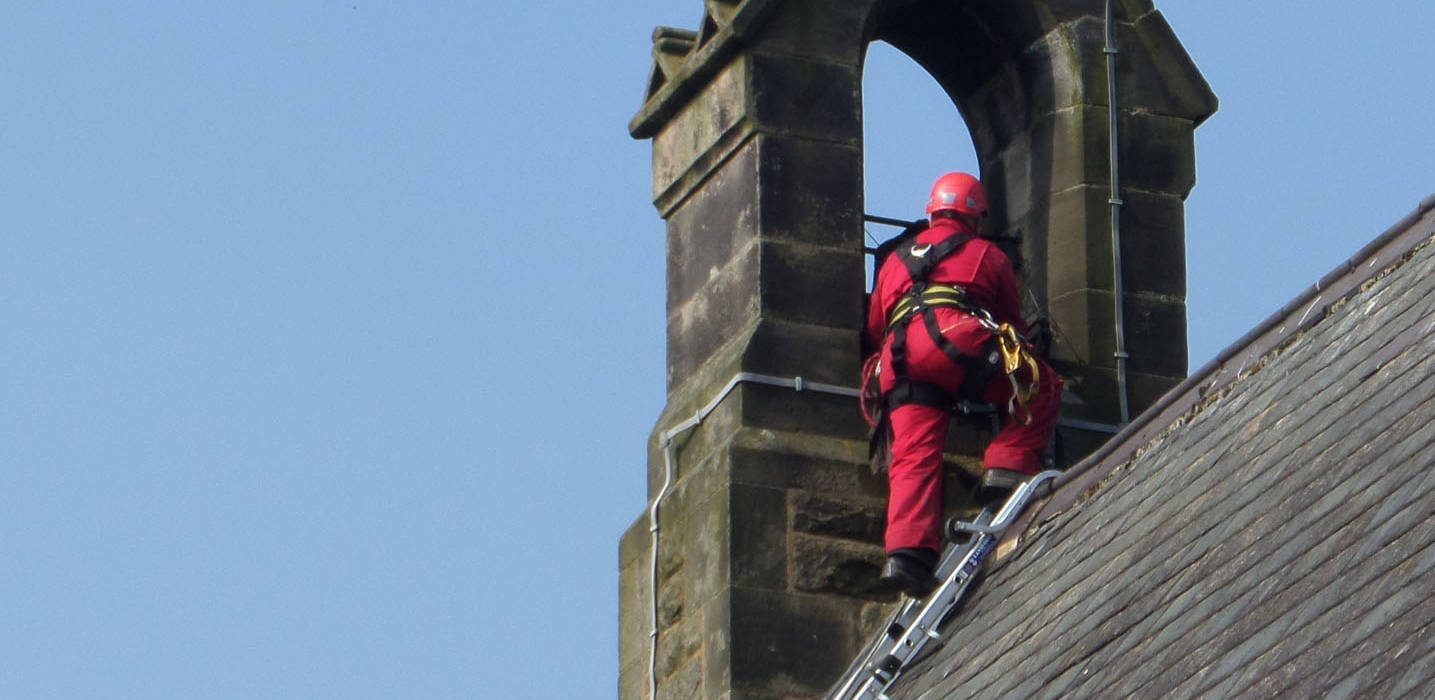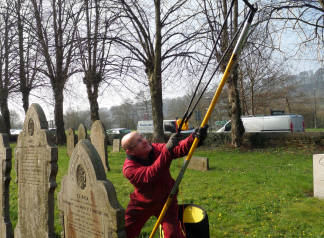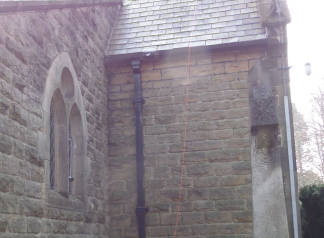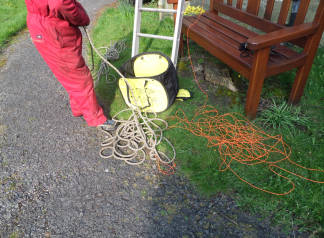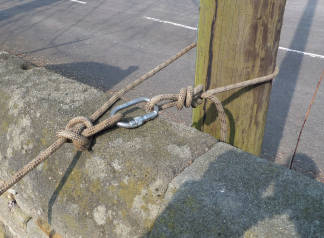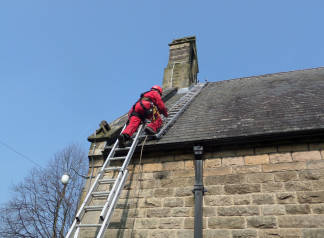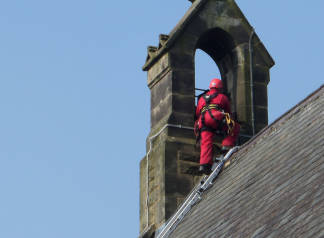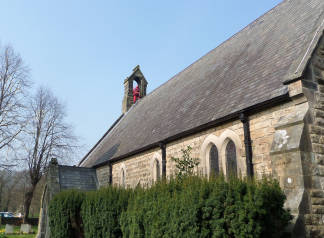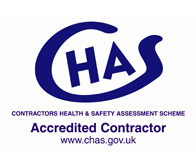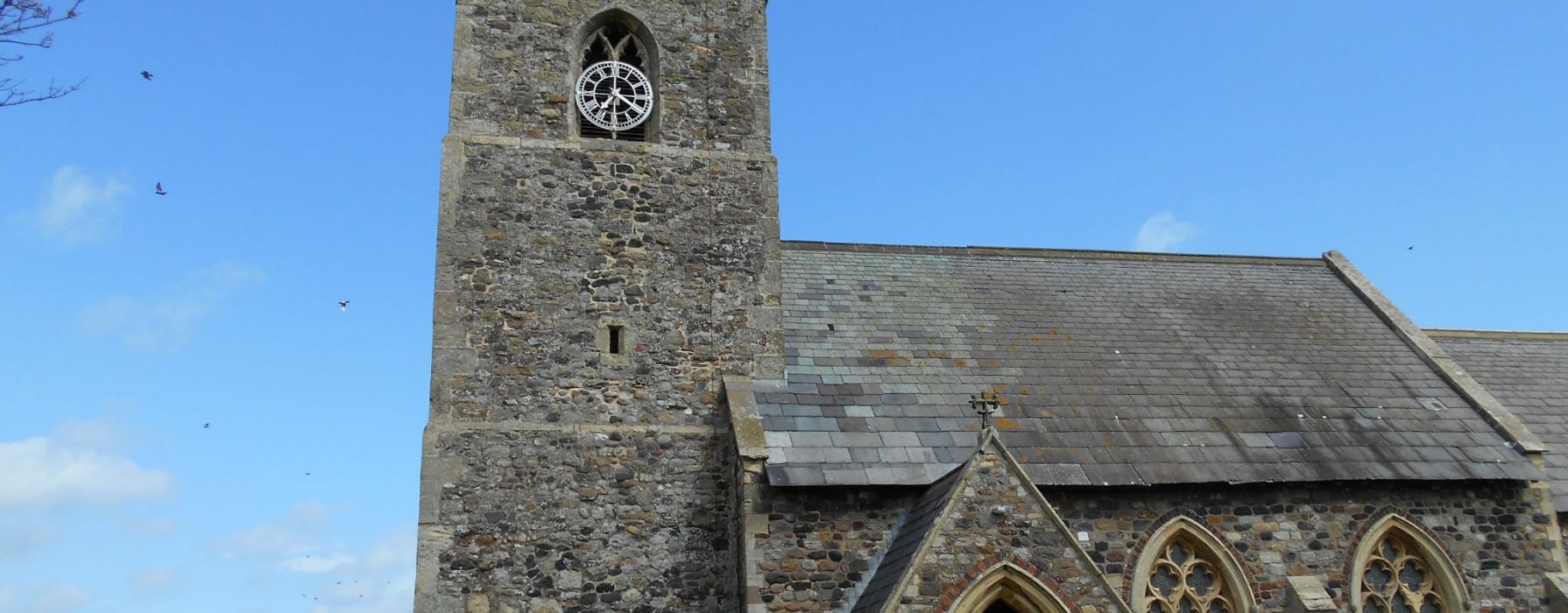
Clock & Dial Restoration Project, Mappleton, East Riding of Yorkshire
The church of All Saints at Mappleton stands just inland from the sea. It is an essentially Victorian church, with a striking steeple built of stone salvaged from a shipwreck. The church was roofless in 1854 when a ship bearing a load of Tadcaster stone ran aground at Mappleton. The people of Mappleton were not slow to seize upon the bounty of the sea, and completed the roof and spire with the stone flotsam.
The project was to return the clock to working order, because it had not been running for some time. Also the dials were painted silver, with no gold leaf. Our clockmakers dismantled the clock, de-greased and polished all the bearings and pinions. The dials were removed and the original paint removed. The dials were then powder coated and gilded with gold leaf. The clock was fitted with Automatic Winding to the going and hour strike, and a pendulum regulator to keep the clock correct and automatically change for summer and winter time changes.
